Furniture arrangement plays a crucial role in determining the functionality and feel of a room. Proper placement can enhance traffic flow, create cozy zones, and maximize space, particularly in smaller homes or rooms.
Making subtle changes to how furniture is positioned can drastically improve how a space feels without the need for an extensive overhaul. Dive into these 25 hacks to optimize your home’s flow and ambiance.
1. Living Room: Optimize Seating for Conversation
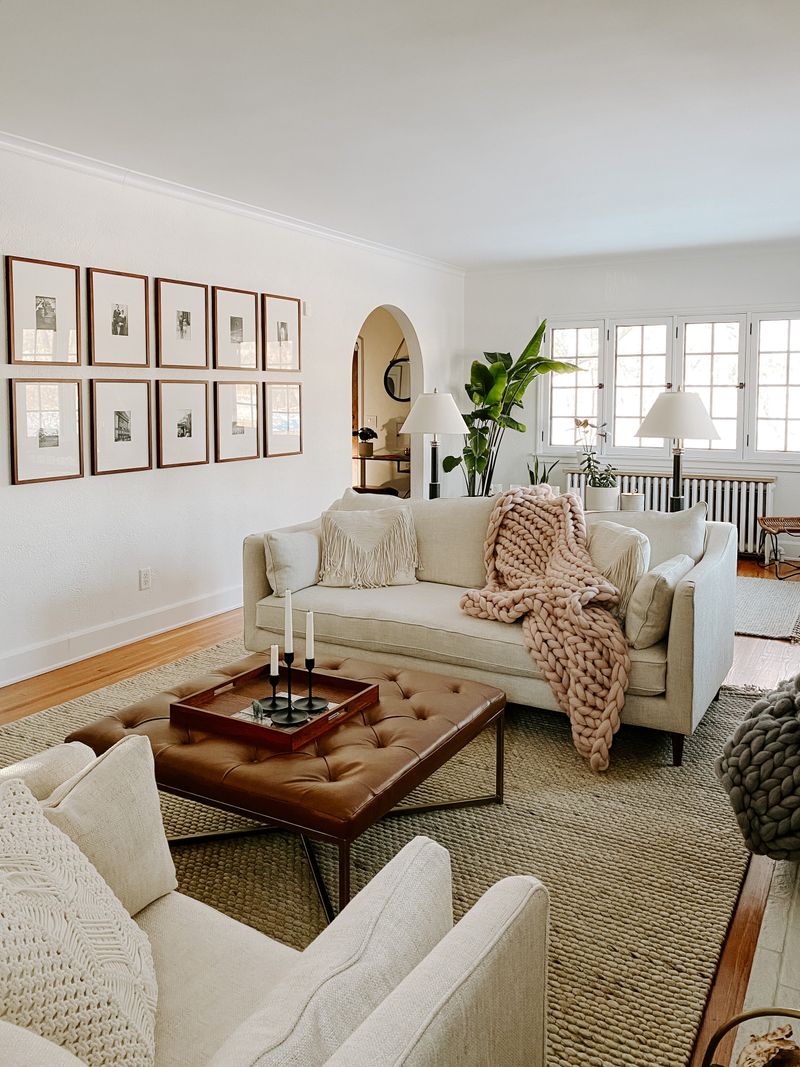
In the living room, try arranging furniture to facilitate conversation. Position chairs and sofas to face each other, creating a welcoming space for dialogue. Use a central coffee table as an anchor point, encouraging natural interaction.
Consider the placement of side tables for convenience. This arrangement not only improves flow but also enhances the room’s functionality, ensuring an inviting atmosphere for gatherings and relaxation.
2. Bedroom: Enhance Relaxation with Bed Placement
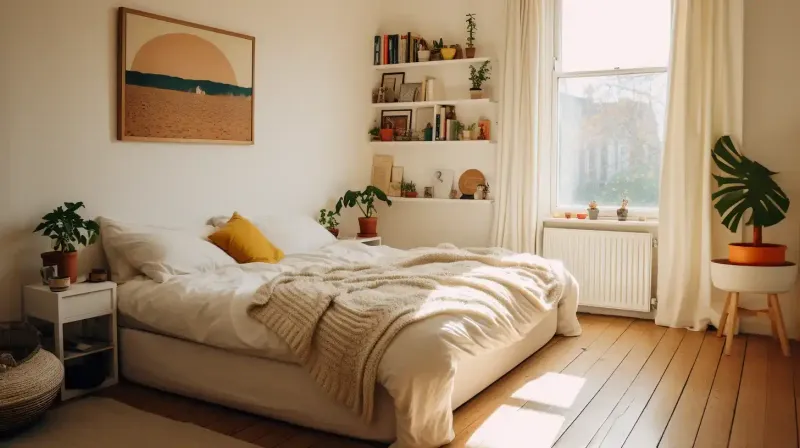
Rearrange your bed to enhance relaxation and sleep quality. Position it diagonally from the door to create a sense of openness. This layout provides easy access and allows for additional furniture like nightstands. Add calming decor elements, such as soft lighting or artwork, to promote tranquility.
By optimizing the bed’s placement, you enhance the room’s ambiance and functionality, making it a more restful retreat.
3. Dining Room: Maximize Interaction with Table Arrangement
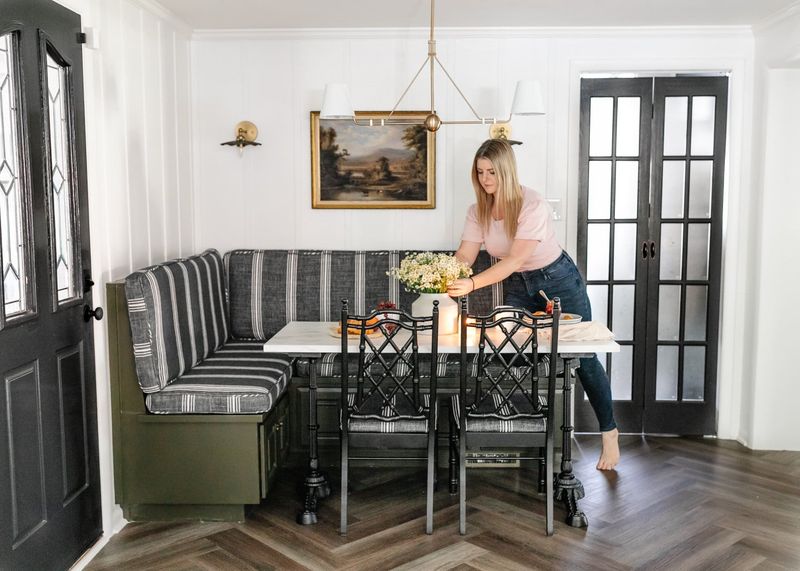
In the dining room, a round table can significantly improve interaction. It promotes equality and easy access for everyone seated. Place the table centrally to allow for smooth circulation and easy chair movement. Combine different seating options for added interest and functionality.
This setup not only enhances dining experiences but also maximizes the space available, making it more inviting for meals and socializing.
4. Home Office: Boost Productivity with Desk Positioning
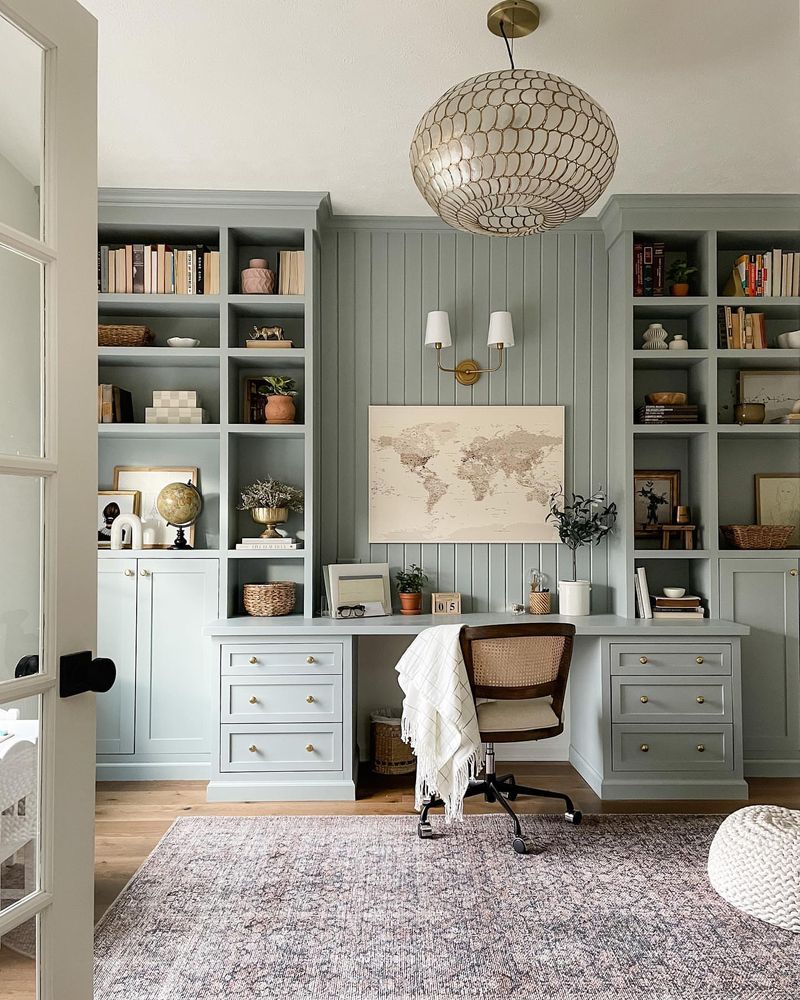
Position your desk to face a window, providing natural light and an inspiring view. This placement boosts productivity and mood while reducing glare on screens. Arrange office supplies within arm’s reach to maintain focus and efficiency.
Incorporate plants or personal items for a personalized touch. By thoughtfully positioning your desk, you create a workspace conducive to focus and creativity, enhancing your work-from-home experience.
5. Living Room: Define Spaces with a Rug
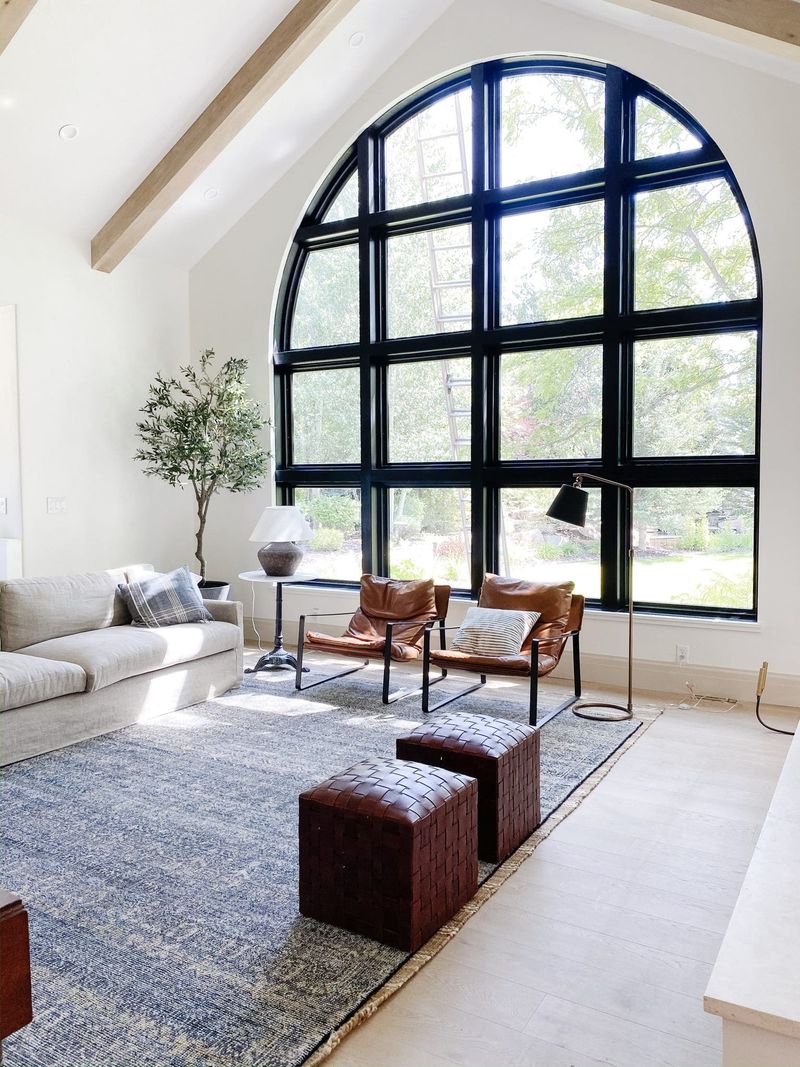
Use a large area rug to define specific zones in open-concept spaces. Place the rug under the main seating arrangement to anchor the area visually.
Ensure all furniture fits comfortably on the rug to create cohesion. This technique delineates spaces without walls, enhancing flow and functionality. It’s a versatile hack that works in various room sizes, making the space feel organized and inviting.
6. Bedroom: Utilize Under-Bed Storage

Maximize bedroom space by utilizing under-bed storage. Store off-season clothing or extra linens in bins or drawers, keeping them out of sight yet easily accessible. This method frees up closet space and maintains an uncluttered aesthetic.
Opt for bed frames with built-in storage for a more streamlined look. By efficiently using under-bed space, you maintain a tidy room while maximizing storage options.
7. Dining Room: Space-Saving Table Placement
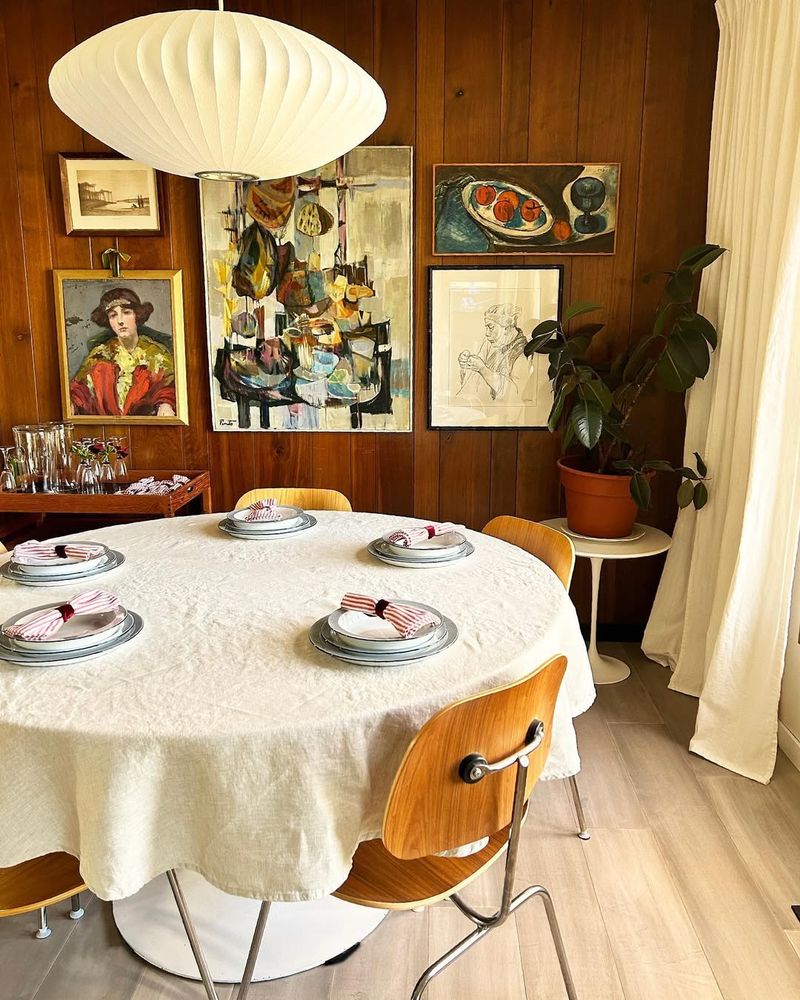
In a smaller dining room, consider pushing the table against a wall to save space. This arrangement opens up the area, making it easier to move around. Use bench seating to accommodate more people without needing extra chairs.
Choose light-colored furniture to create an airy feel. This space-saving trick optimizes the room’s layout while maintaining a stylish and functional dining area.
8. Home Office: Create Clear Boundaries
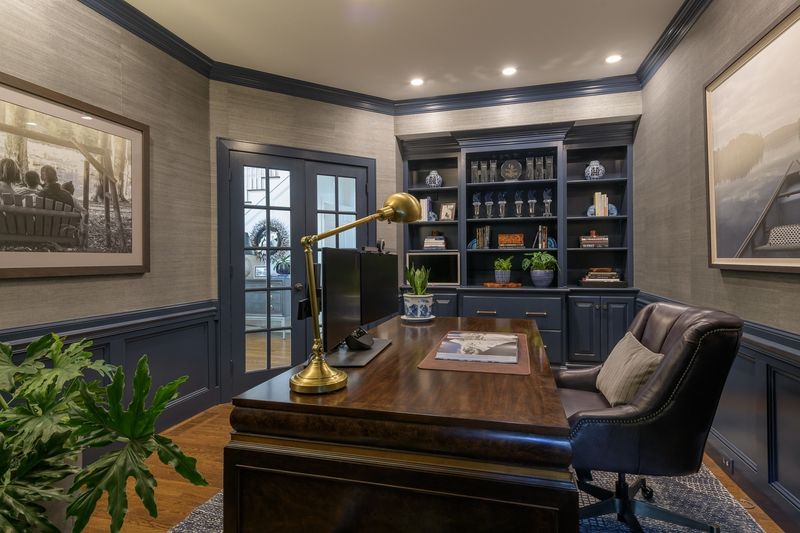
Define your home office area using furniture placement. Position bookshelves or a room divider to create a clear separation from living spaces. Use a rug to visually anchor the office zone. This setup establishes boundaries, helping you transition between work and relaxation. It promotes focus while maintaining a cohesive look in multi-functional rooms, enhancing both productivity and home aesthetics.
9. Living Room: Symmetrical Arrangement for Balance

Achieve balance in your living room by arranging furniture symmetrically. Place matching sofas or chairs on either side of a central focal point, like a fireplace. Balance is visually pleasing and creates a harmonious atmosphere.
Ensure equal spacing for a neat appearance. This approach not only improves the room’s flow but also fosters a sense of order and tranquility, enhancing the space’s overall feel.
10. Bedroom: Create a Cozy Corner
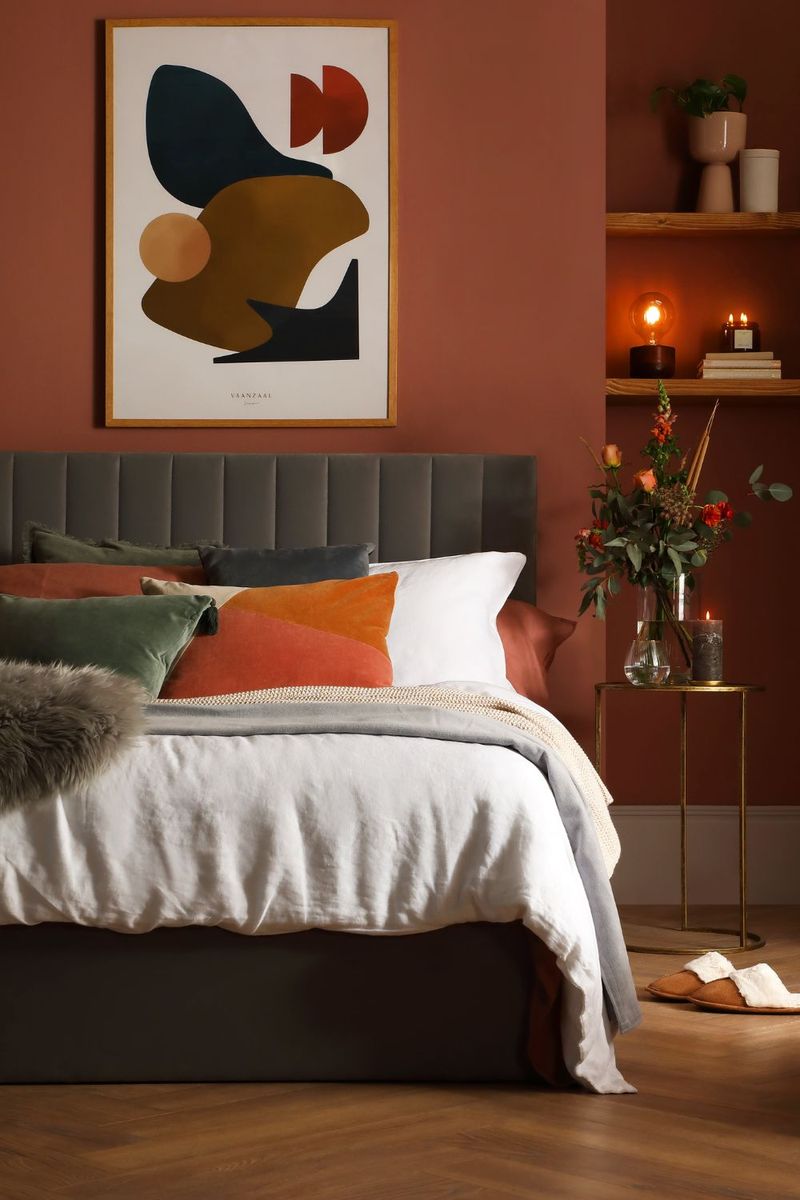
Transform an unused bedroom corner into a cozy nook. Place a comfortable chair and a small bookshelf to create a personal retreat. Add a soft throw and cushions for added comfort. This space serves as a mini escape for reading or relaxation.
By utilizing corners effectively, you enhance the room’s functionality without overcrowding. It’s a simple yet impactful way to enrich your living environment.
11. Dining Room: Encourage Easy Interaction with Seating
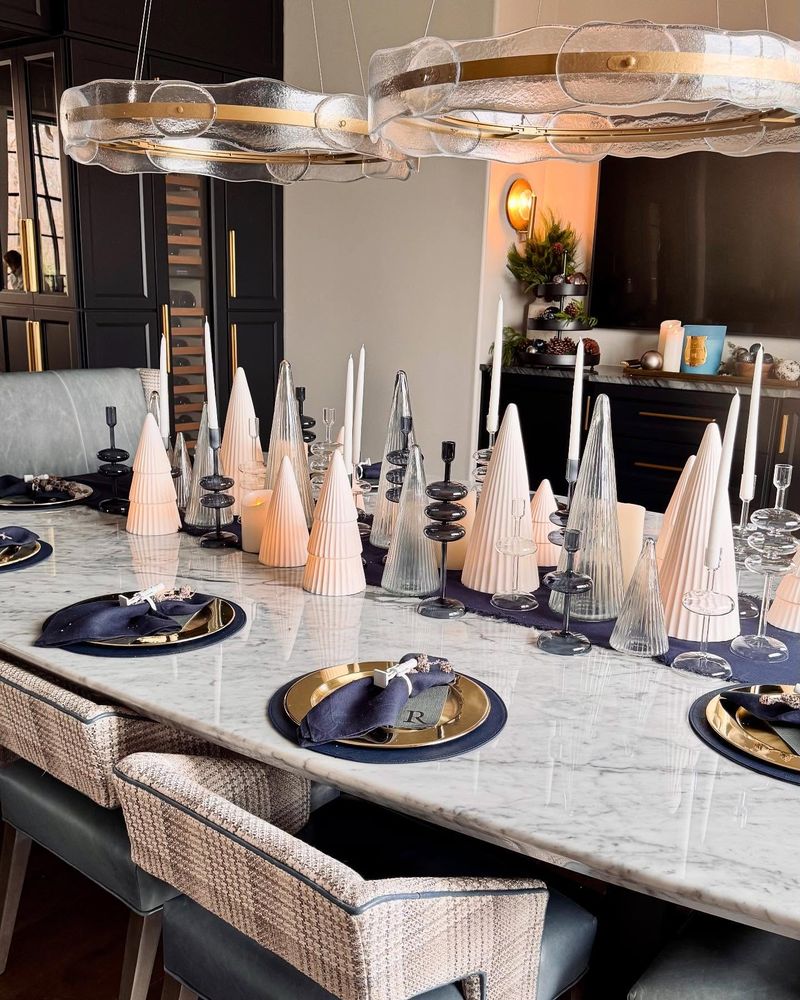
Encourage interaction in the dining room by mixing seating styles. Combine chairs and benches to create a more dynamic and inclusive setting. This arrangement makes it easy for guests to engage with one another. Position seating with ample space to move freely. It not only enhances social experiences but also adds visual interest, making the dining area a focal point for gatherings.
12. Home Office: Optimize Natural Light
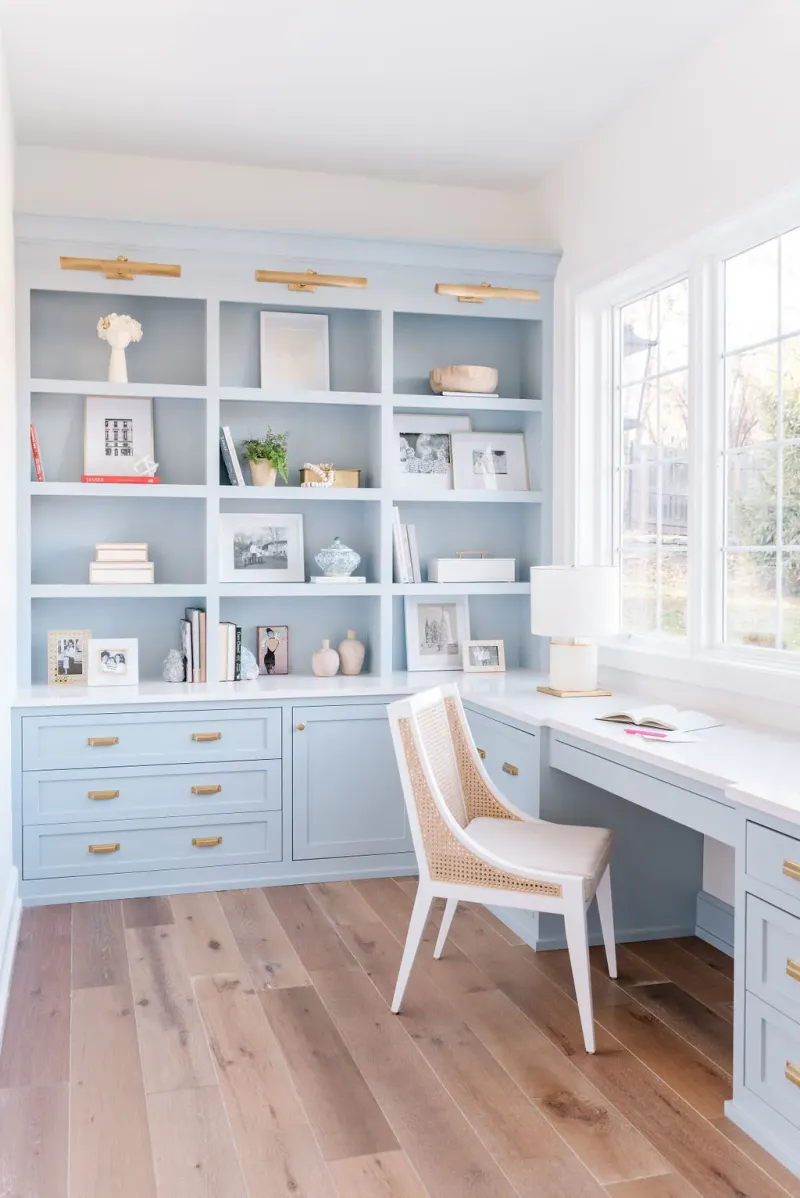
Enhance your home office by optimizing natural light. Position your desk near a window to benefit from sunlight, boosting mood and productivity. Arrange plants on the windowsill for a refreshing touch. This setup reduces the need for artificial lighting, saving energy.
Create a workspace that’s both functional and invigorating, ensuring a pleasant environment conducive to creativity and efficiency.
13. Living Room: Asymmetrical Layout for Drama

Add drama to your living room with an asymmetrical layout. Place furniture at varying angles or groupings to create visual interest. Use bold decor elements, such as large artwork or unique lighting fixtures, to complement the arrangement.
This approach infuses dynamism and character into the space, making it feel vibrant and engaging. It’s an ideal strategy for those seeking a bold and unconventional design.
14. Bedroom: Balance with Symmetry
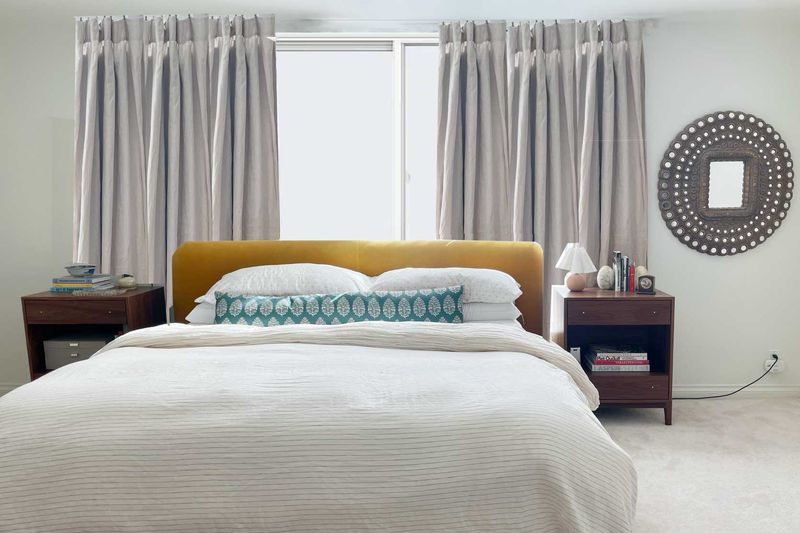
Create balance in the bedroom with symmetrical arrangements. Position matching nightstands and lamps on either side of the bed for a cohesive look. This setup enhances the room’s flow and creates a tranquil atmosphere. Incorporate decor elements to maintain visual interest without overwhelming the space.
15. Dining Room: Optimize Table Placement for Space
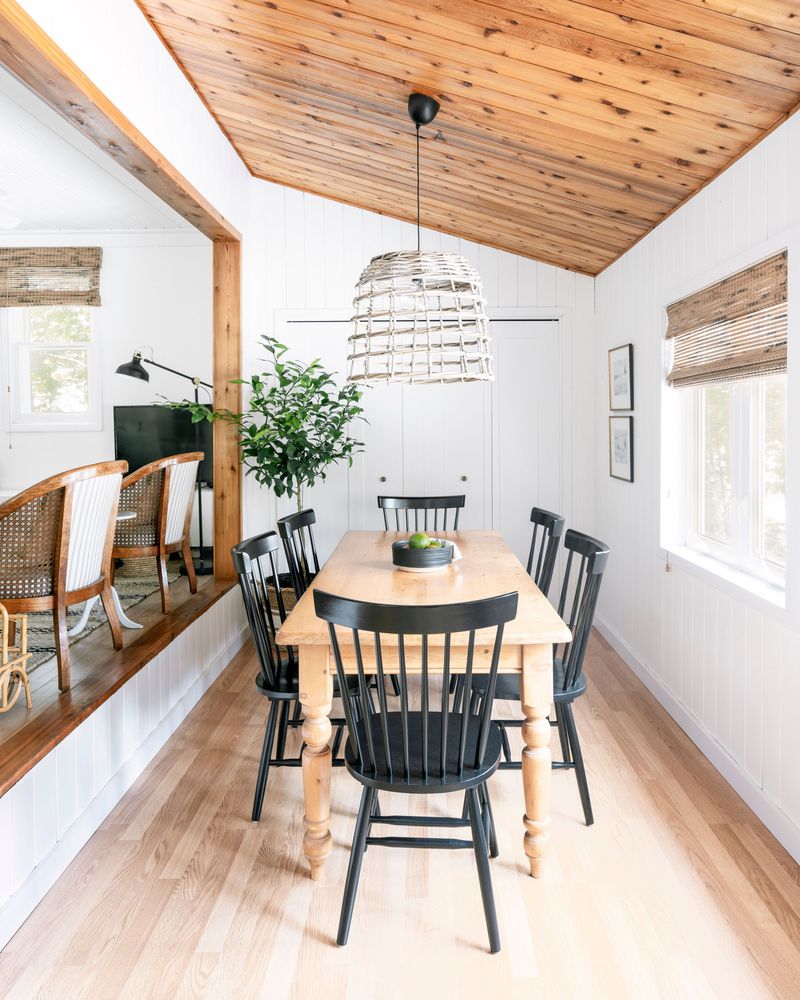
Optimize your dining room’s layout by centering the table to improve flow. Ensure there’s ample space for chairs to be pulled out easily. This arrangement facilitates movement and interaction, enhancing functionality. Incorporate lighting fixtures like chandeliers to draw attention upward and create an inviting atmosphere.
16. Home Office: Multi-Functional Furniture for Efficiency

Utilize multi-functional furniture in your home office to save space and boost efficiency. Consider a desk that doubles as a bookshelf or a foldable table for versatility. This approach maximizes room usage without sacrificing style. Arrange decor elements to maintain a tidy appearance.
17. Living Room: Highlight Focal Points with Arrangement
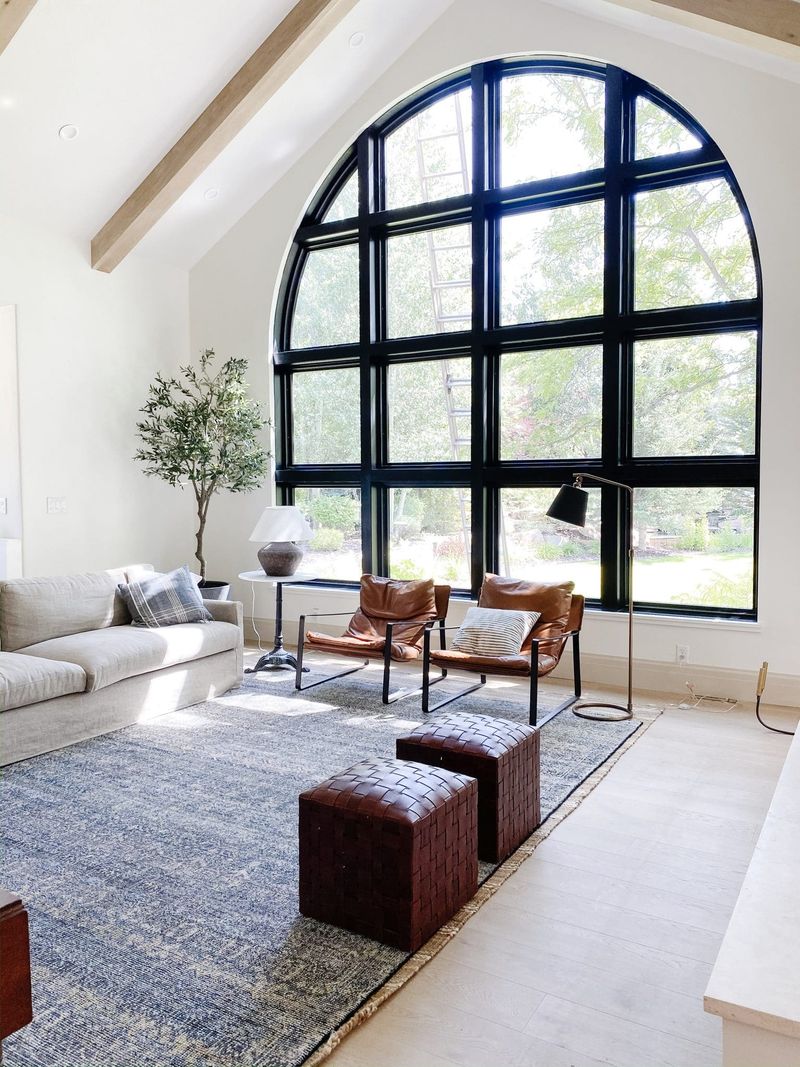
Arrange living room furniture to highlight focal points, such as a fireplace or large window. Position seating to face these elements, drawing attention and creating a coherent look. Use complementary decor to enhance the focal area.
This strategy not only improves flow but also emphasizes key features, enriching the room’s ambiance. It’s a simple yet effective way to make a statement and enhance visual appeal.
18. Bedroom: Utilize Vertical Space
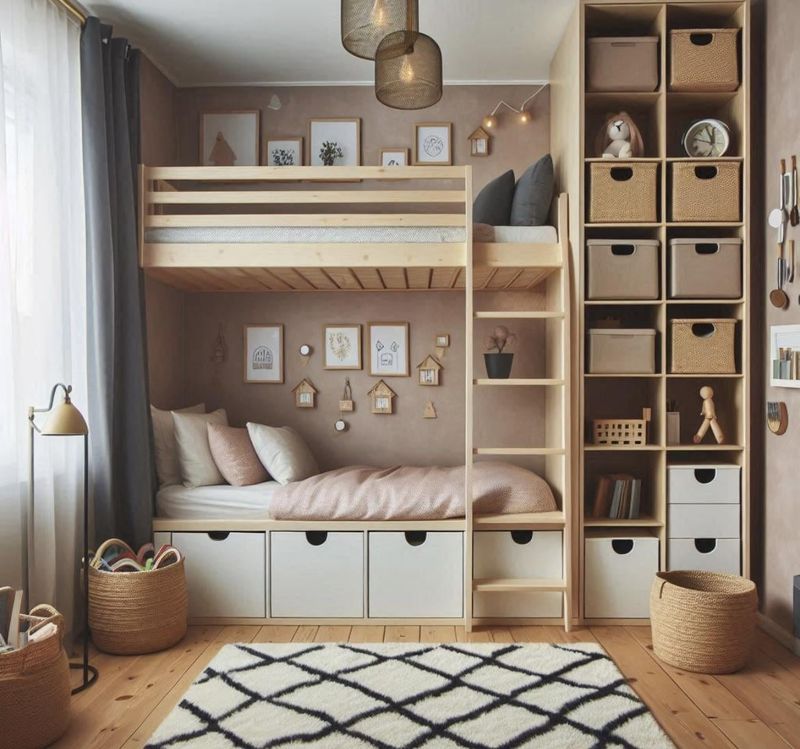
Maximize your bedroom’s potential by utilizing vertical space. Install tall bookshelves or hanging storage to free up floor space and maintain organization. This approach adds depth and interest while keeping items accessible. Incorporate decor like hanging plants to soften the look.
19. Dining Room: Create Intimacy with Lighting
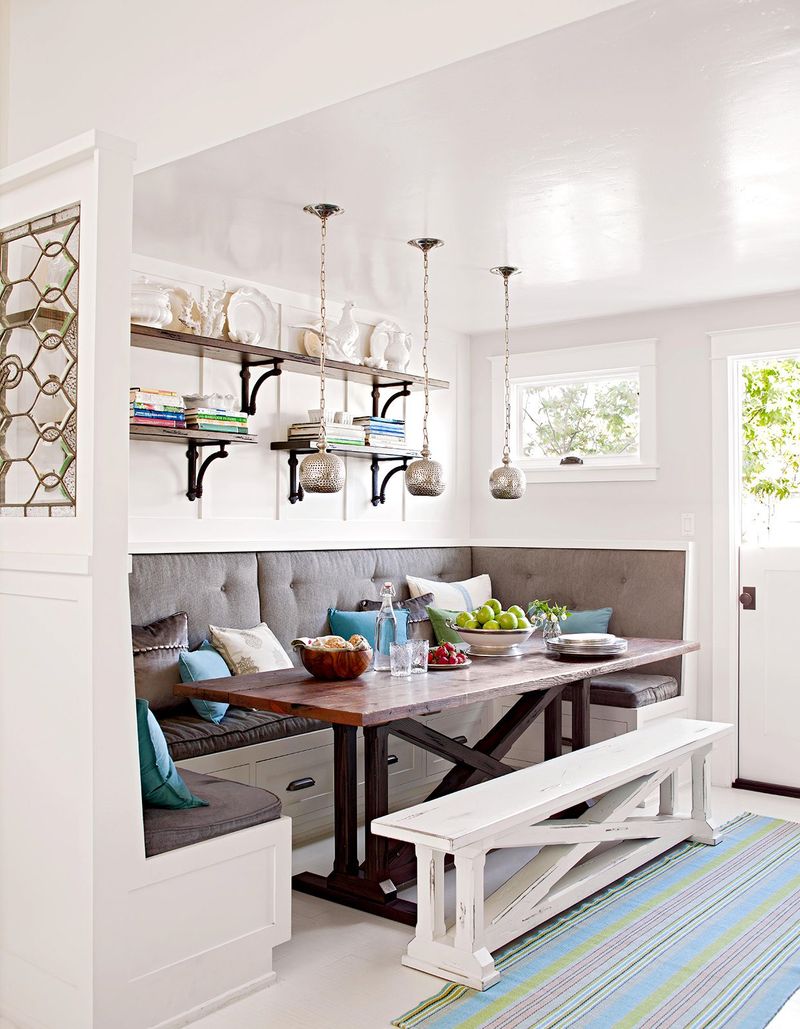
Enhance dining room intimacy with strategic lighting. Install soft pendant lights above the table to create a cozy ambiance. This setup focuses attention on the dining area, encouraging conversation and relaxation. Use warm tones and dimmable fixtures for added versatility.
20. Home Office: Personalize with Decor
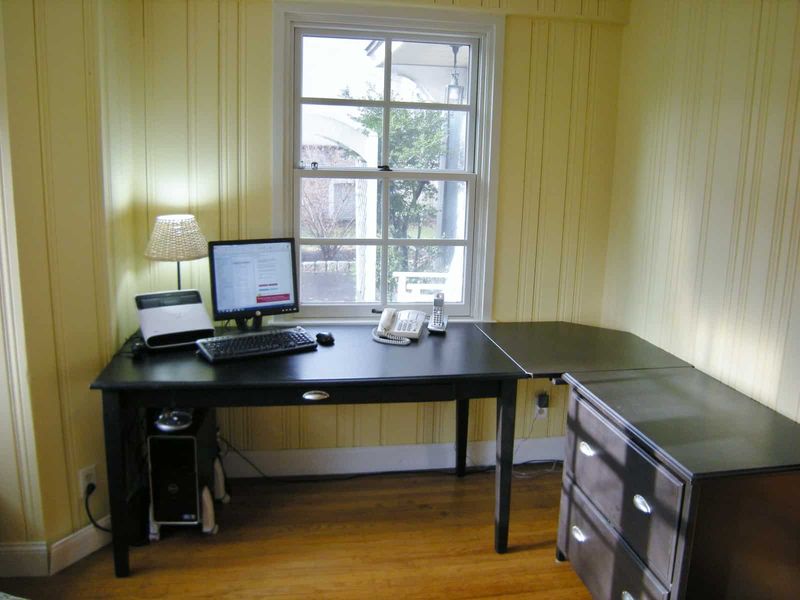
Add personality to your home office with curated decor. Display personal photos or artwork to inspire creativity and make the space uniquely yours. Arrange items thoughtfully to avoid clutter while maintaining functionality.
Incorporate color through accessories or plants for a lively touch. By personalizing your workspace, you create an environment that not only reflects your style but also enhances comfort and productivity.
21. Living Room: Divide Open Spaces with Arrangement
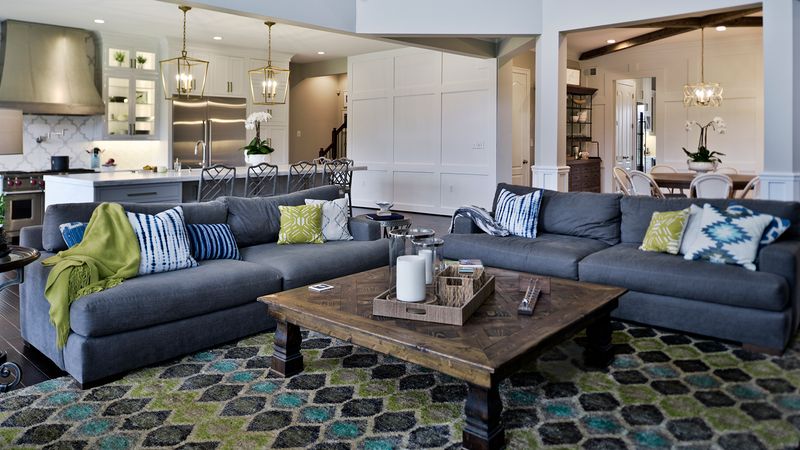
Divide open spaces effectively by arranging furniture strategically. Use large pieces like sectional sofas to create distinct zones within a room. This method defines areas for different activities, such as relaxing or reading. Incorporate decor to visually separate spaces without enclosing them.
22. Bedroom: Create a Dual-Function Space
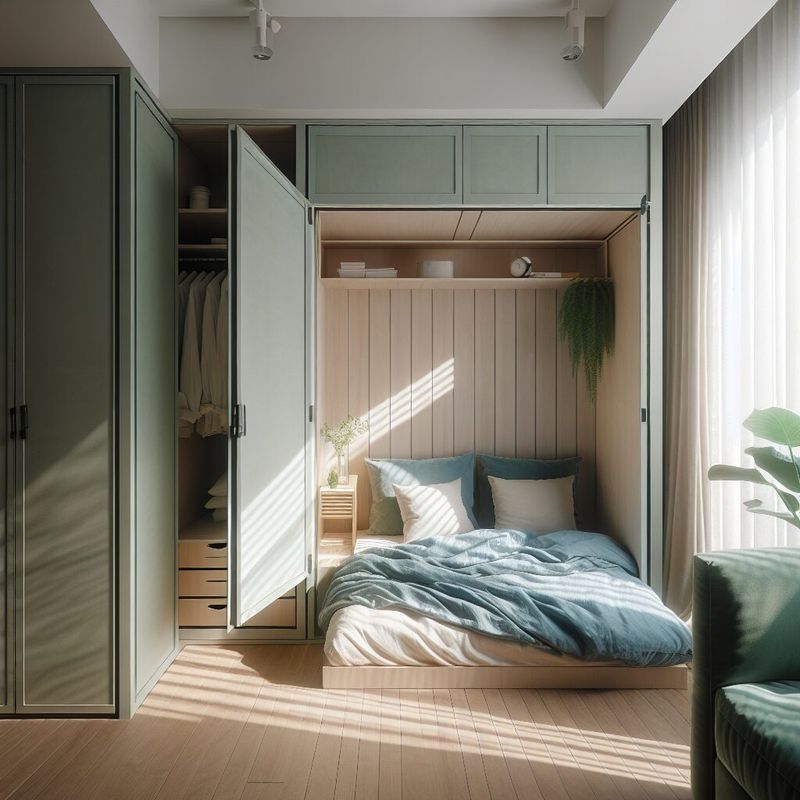
Transform your bedroom into a dual-function space by integrating a work area. Place a small desk near the bed for easy transition between work and rest. Use decor to delineate the two functions, ensuring balance.
This setup maximizes room utility without compromising comfort.
23. Dining Room: Use Mirrors for Space Illusion
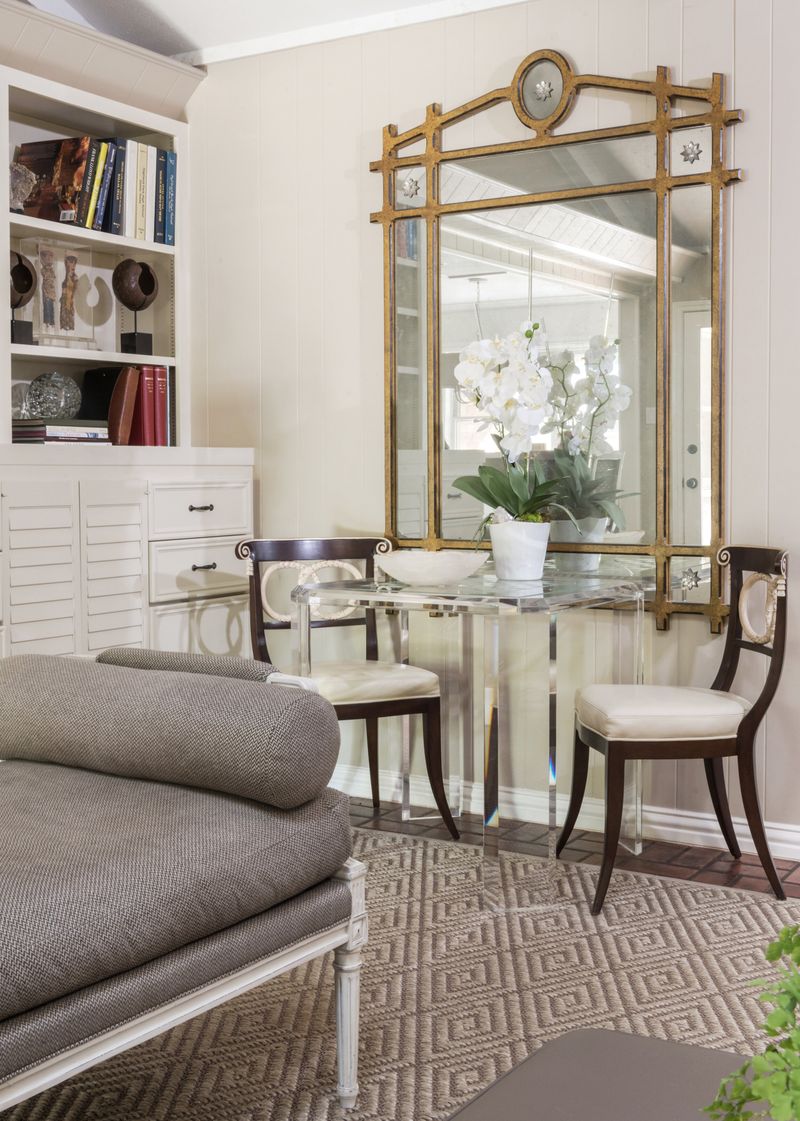
Create the illusion of more space in the dining room with mirrors. Place a large mirror on a wall to reflect light and open up the area visually.
This technique doubles the perception of space and enhances natural light. Use mirrors strategically to complement decor without overwhelming the room.
24. Home Office: Establish a Routine with Layout
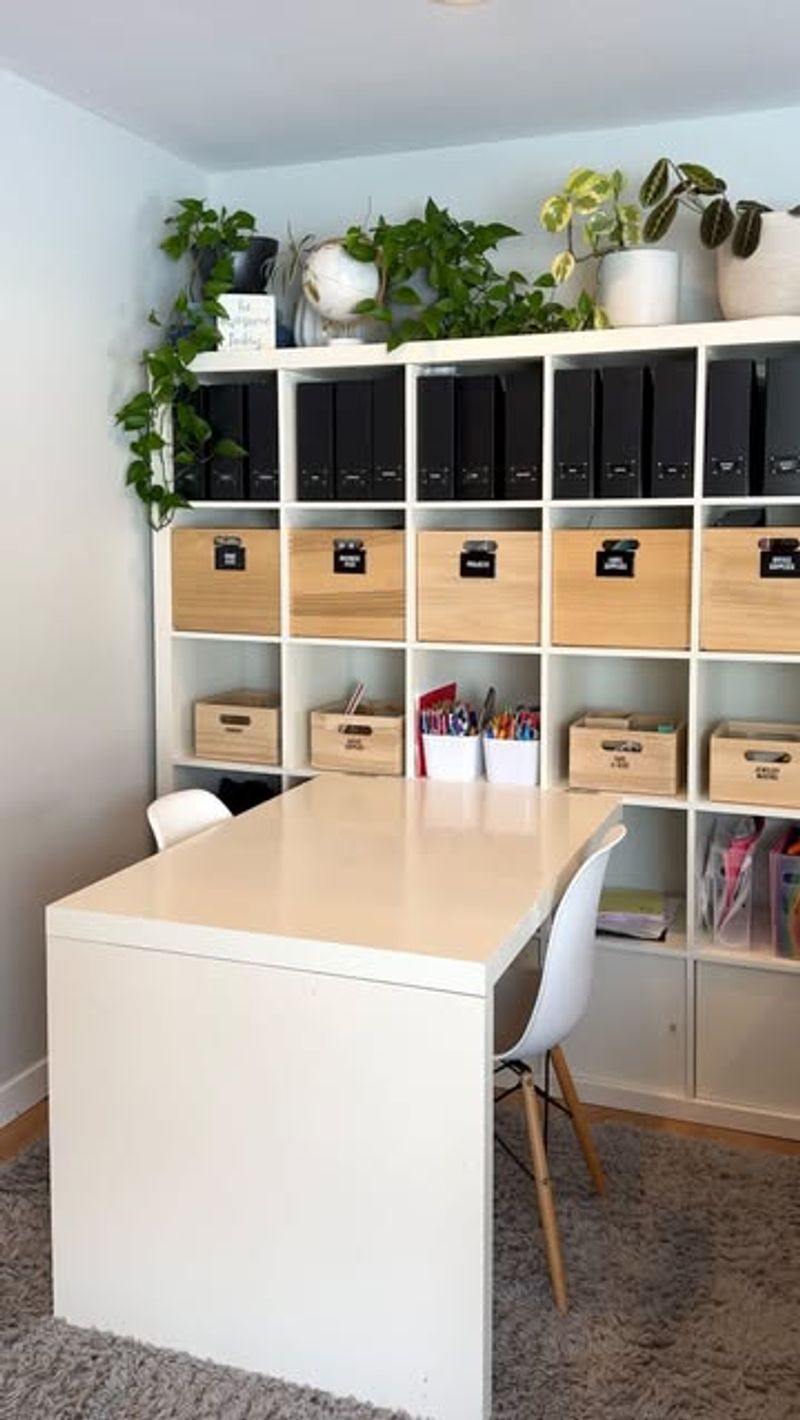
Establish a routine in your home office through thoughtful layout. Arrange furniture and supplies to facilitate daily tasks efficiently. Position key items within easy reach to streamline workflow.
Use decor elements like clocks or planners to emphasize structure. By designing a layout that supports routine, you enhance productivity and create a space that’s both functional and aesthetically pleasing.
25. Living Room: Use Low Furniture for Spacious Feel

Create a spacious feel in your living room by using low-profile furniture. These pieces keep sightlines open, making the space appear larger. Pair with large windows or mirrors to enhance this effect.
Choose furniture with clean lines and minimalistic decor to maintain a sleek appearance.

